القلب: مركز الذاكرة العاطفية المنسي
لطالما اعتبرنا القلب مجرد مضخة بيولوجية، بينما اعتبرنا الدماغ هو المقر الوحيد للفكر والوعي. لكن الأبحاث العلمية الحديثة بدأت تكشف عن حقيقة مذهلة: القلب يمتلك جهازًا عصبيًا معقدًا ومستقلاً يسمى الجهاز العصبي القلبي الداخلي (ICNS). هذا النظام، الذي يضم حوالي 40,000 خلية عصبية، ليس مجرد شبكة توصيل، بل يعمل كـ”دماغ صغير” خاص بالقلب، يتلقى ويعالج المعلومات، ويتفاعل مع الدماغ الرئيسي بطرق لم نكن نفهمها من قبل. الأهم من ذلك، يبدو أن هذا النظام يحتفظ بـ “بصمات” عاطفية من تجاربنا السابقة، مما يجعل القلب مركزاً للذاكرة العاطفية، وليس مجرد رمز لها.
الحنين: ليس مجرد شعور، بل استجابة فسيولوجية
لم يعد الحنين مجرد عاطفة رومانسية، بل هو ظاهرة نفسية وفسيولوجية يمكن قياسها ودراستها. تظهر أبحاث التصوير العصبي (fMRI) أن استدعاء ذكريات الحنين ينشط مناطق متعددة في الدماغ، بما في ذلك الحُصين (المسؤول عن الذاكرة)، والقشرة الأمامية الوسطى (المسؤولة عن معالجة العواطف)، وحتى المناطق المسؤولة عن الإدراك الذاتي. على المستوى الفسيولوجي، تؤكد الدراسات أن الحنين يقلل مستويات الكورتيزول (هرمون التوتر) ويزيد من الأوكسيتوسين (هرمون الترابط)، مما يحسن المزاج ويقلل الشعور بالوحدة بنسبة تصل إلى 40%، كما أظهرت دراسة Wildschut et al..
الحنين كأداة علاجية: أساس علمي متين
لقد أثبتت الأبحاث السريرية فعالية الحنين كأداة علاجية. العلاج بالتذكر (Reminiscence Therapy)، على سبيل المثال، فعال في تحسين الحالة المزاجية والوظائف المعرفية لدى كبار السن ومرضى الخرف المبكر. كما أن العلاج السردي يستخدم الذكريات الإيجابية لإعادة بناء الهوية وتحسين الثقة بالنفس. هذه الفوائد ليست نفسية فقط، بل لها آليات بيولوجية واضحة؛ فالحنين يزيد من السيروتونين والدوبامين، وينظم نشاط اللوزة الدماغية (مركز الخوف)، بل ويحسن وظائف الجهاز المناعي.
تطبيقات عملية: تدريب القلب والدماغ معاً
مشروع Nostalgia.fit يهدف إلى تحويل هذه الأدلة العلمية إلى تطبيقات عملية لتعزيز اللياقة الفكرية والعاطفية. فمن خلال فهم كيفية تفاعل الجهاز العصبي القلبي (ICNS) مع الذكريات، يمكننا تطوير تقنيات علاجية فريدة:
برامج تأمل مخصصة: تستخدم مراقبة القلب (مثل قياس تنوع ضربات القلب – HRV) لتوجيه الأفراد نحو حالة من الاسترخاء والهدوء أثناء استدعاء الذكريات الإيجابية.
تقنيات تنفس مرتبطة بالذكريات: يتم تدريب الأفراد على ربط أنماط تنفس معينة بالذكريات السعيدة، مما يساعد على استدعاء المشاعر الإيجابية بسرعة.
علاج الصدمات: يمكن استخدام الحنين الإيجابي كأداة لإعادة برمجة الاستجابات العاطفية للجهاز العصبي، مما يقلل من أعراض اضطراب ما بعد الصدمة، كما أظهرت الدراسات الحديثة لتقنيات الواقع الافتراضي.
نحو رؤية مستقبلية
إن رؤيتنا هي أن نجعل الحنين أداة يومية للنمو الشخصي، لا مجرد شعور عابر. هذا المجال واعد جداً، ويطرح أسئلة مهمة حول الفئات المستهدفة (هل هو للكبار السن فقط، أم لمرضى الاكتئاب، أم للأصحاء الراغبين في تحسين مرونتهم النفسية؟)، وحول كيفية دمج تقنيات المراقبة الفسيولوجية لتوفير تجربة شخصية فعالة. إننا نؤمن بأن القلب والدماغ يعملان معاً بشكل متناغم، وأن فهم هذا التناغم هو مفتاح فتح آفاق جديدة في اللياقة الفكرية والعاطفية.
أخبرنا برأيك في التعليقات: كيف ترى دور الحنين كأداة علاجية في حياتنا اليومية؟
خلاصة المقال
يكشف المقال أن القلب ليس مجرد مضخة، بل يمتلك “دماغًا صغيرًا” خاصًا به يُعرف بـ الجهاز العصبي القلبي الداخلي (ICNS). هذا النظام العصبي، المكون من حوالي 40,000 خلية عصبية، يلعب دورًا في الذاكرة العاطفية. المقال يؤكد أن الحنين ليس مجرد شعور، بل هو استجابة فسيولوجية قابلة للقياس، تقلل من التوتر وتحسن المزاج. ويسلط الضوء على أن فهم هذا الارتباط يفتح المجال لتطبيقات علاجية جديدة تستخدم الذكريات الإيجابية لتعزيز الصحة النفسية والفكرية، وهو ما يهدف إليه مشروع Nostalgia.fit من خلال دمج الحكمة القديمة بالعلم الحديث.
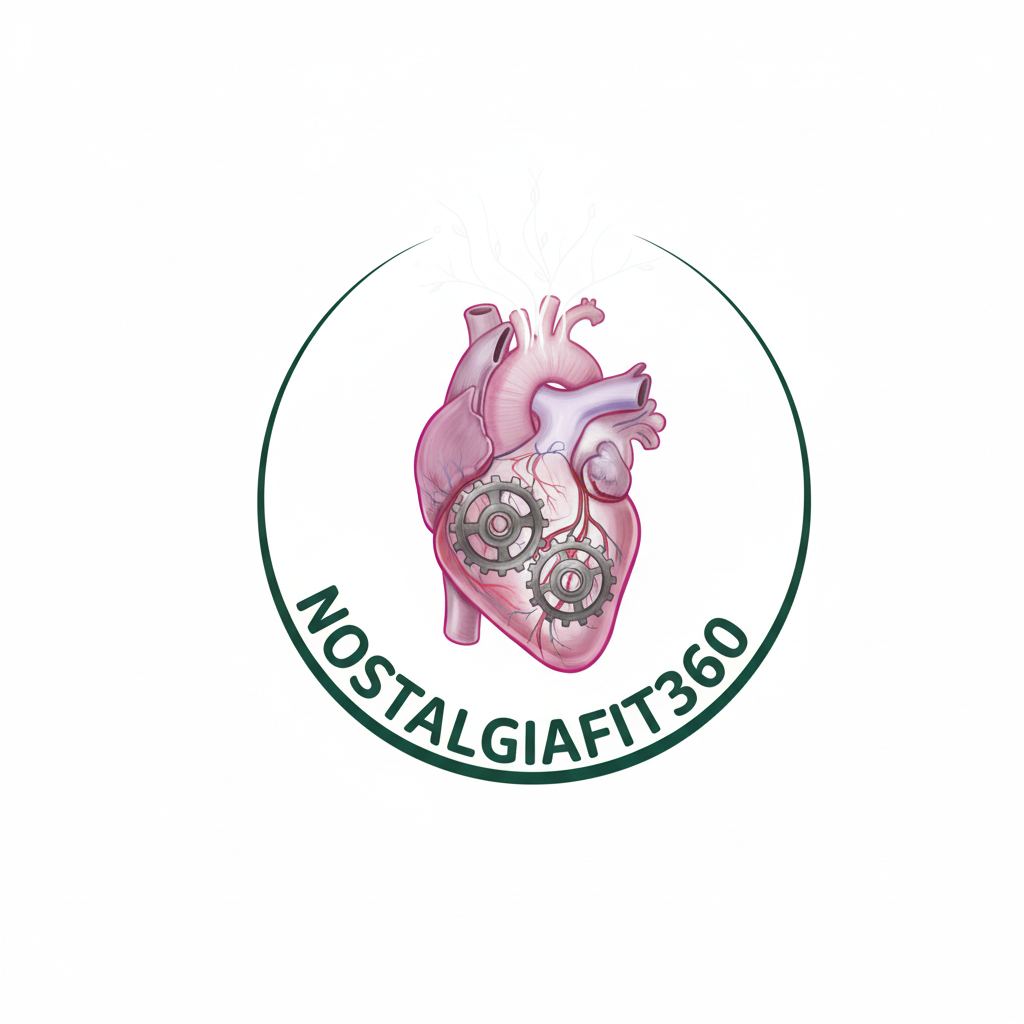
The Heart: The Forgotten Center of Emotional Memory
We have long considered the heart to be merely a biological pump, while the brain was seen as the sole seat of thought and consciousness. However, recent scientific research is beginning to unveil a stunning truth: the heart possesses a complex, independent nervous system known as the Intrinsic Cardiac Nervous System (ICNS). This system, which contains approximately 40,000 neurons, is not just a network of connections; it functions as a “small brain” for the heart, receiving and processing information and interacting with the main brain in ways we are only now beginning to understand. Most importantly, this system appears to retain emotional “fingerprints” from our past experiences, positioning the heart as a center of emotional memory, not just a symbol of it.
Nostalgia: More Than a Feeling, a Physiological Response
Nostalgia is no longer just a romantic emotion; it is a measurable psychological and physiological phenomenon. Neuroimaging research (fMRI) shows that recalling nostalgic memories activates multiple brain regions, including the hippocampus (responsible for memory), the medial prefrontal cortex (responsible for emotional processing), and even areas related to self-perception. On a physiological level, studies confirm that nostalgia reduces cortisol (the stress hormone) and increases oxytocin (the bonding hormone), which improves mood and reduces feelings of loneliness by up to 40%, as demonstrated by the Wildschut et al. study.
Nostalgia as a Therapeutic Tool: A Solid Scientific Foundation
Clinical research has proven the effectiveness of nostalgia as a therapeutic tool. Reminiscence Therapy, for instance, is effective in improving mood and cognitive functions in the elderly and those with early-stage dementia. Narrative Therapy also uses positive memories to reconstruct identity and improve self-confidence. These benefits are not merely psychological; they have clear biological mechanisms. Nostalgia increases serotonin and dopamine and regulates the activity of the amygdala (the fear center). It can even improve immune system function.
Practical Applications: Training the Heart and Brain Together
The Nostalgia.fit project aims to translate this scientific evidence into practical applications for enhancing intellectual and emotional fitness. By understanding how the ICNS interacts with memories, we can develop unique therapeutic techniques:
Customized Meditation Programs: These use heart monitoring (such as measuring Heart Rate Variability – HRV) to guide individuals toward a state of calm and relaxation while recalling positive memories.
Breathing Techniques Linked to Memories: Individuals are trained to link specific breathing patterns to happy memories, helping to quickly evoke positive emotions.
Trauma Therapy: Positive nostalgia can be used as a tool to re-program the nervous system’s emotional responses, reducing symptoms of post-traumatic stress disorder (PTSD), as shown by recent virtual reality studies.
A Vision for the Future
Our vision is to make nostalgia a daily tool for personal growth, not just a fleeting emotion. This is a very promising field that raises important questions about the target audience (is it only for the elderly, or also for those with depression, or for healthy individuals seeking to improve their psychological resilience?), and how to integrate physiological monitoring technologies for a personalized and effective experience. We believe that the heart and brain work together in harmony, and understanding this harmony is the key to unlocking new horizons in intellectual and emotional fitness.
Summary of the Article
The article reveals that the heart is more than a pump; it has its own “little brain” known as the Intrinsic Cardiac Nervous System (ICNS). This neural system, containing approximately 40,000 neurons, plays a role in emotional memory. The article asserts that nostalgia is not just a feeling but a measurable physiological response that reduces stress and improves mood. It highlights that understanding this connection opens the door for new therapeutic applications that use positive memories to enhance mental and intellectual well-being, which is the aim of the Nostalgia.fit project in blending ancient wisdom with modern science.
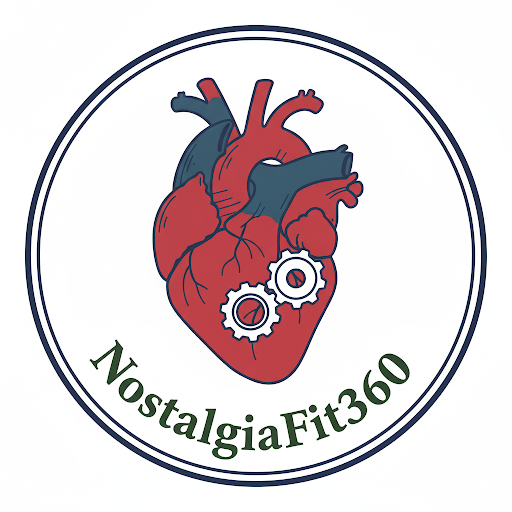
Das Herz: Das Vergessene Zentrum der Emotionalen Erinnerung
Wir haben das Herz lange Zeit nur als biologische Pumpe betrachtet, während das Gehirn als der einzige Sitz von Gedanken und Bewusstsein angesehen wurde. Doch die jüngste wissenschaftliche Forschung beginnt, eine erstaunliche Wahrheit zu enthüllen: Das Herz besitzt ein komplexes, unabhängiges Nervensystem, bekannt als das Intrinsische Kardiale Nervensystem (ICNS). Dieses System, das etwa 40.000 Neuronen enthält, ist nicht nur ein Netzwerk von Verbindungen; es fungiert als ein „kleines Gehirn“ für das Herz, das Informationen empfängt und verarbeitet und mit dem Hauptgehirn auf Weisen interagiert, die wir gerade erst zu verstehen beginnen. Am wichtigsten ist, dass dieses System anscheinend emotionale „Fingerabdrücke“ aus unseren vergangenen Erfahrungen bewahrt, was das Herz als ein Zentrum der emotionalen Erinnerung positioniert, und nicht nur als ein Symbol dafür.
Nostalgie: Mehr als ein Gefühl, eine Physiologische Reaktion
Nostalgie ist nicht länger nur eine romantische Emotion; sie ist ein messbares psychologisches und physiologisches Phänomen. Neuroimaging-Studien (fMRT) zeigen, dass das Erinnern an nostalgische Momente mehrere Gehirnregionen aktiviert, einschließlich des Hippocampus (zuständig für das Gedächtnis), des medialen präfrontalen Kortex (zuständig für die emotionale Verarbeitung) und sogar Bereiche, die mit der Selbstwahrnehmung zusammenhängen. Auf physiologischer Ebene bestätigen Studien, dass Nostalgie den Cortisolspiegel (das Stresshormon) senkt und das Oxytocin (das Bindungshormon) erhöht, was die Stimmung verbessert und Gefühle der Einsamkeit um bis zu 40 % reduziert, wie in der Studie von Wildschut et al. gezeigt wurde.
Nostalgie als Therapeutisches Werkzeug: Eine Solide Wissenschaftliche Grundlage
Klinische Forschung hat die Wirksamkeit von Nostalgie als therapeutisches Werkzeug nachgewiesen. Die Erinnerungstherapie (Reminiscence Therapy) zum Beispiel ist wirksam bei der Verbesserung der Stimmung und der kognitiven Funktionen bei älteren Menschen und bei Patienten mit beginnender Demenz. Die Erzähltherapie (Narrative Therapy) nutzt ebenfalls positive Erinnerungen, um die Identität wieder aufzubauen und das Selbstvertrauen zu stärken. Diese Vorteile sind nicht nur psychologischer Natur; sie haben klare biologische Mechanismen. Nostalgie erhöht Serotonin und Dopamin und reguliert die Aktivität der Amygdala (das Angstzentrum). Sie kann sogar die Funktion des Immunsystems verbessern.
Praktische Anwendungen: Das Herz und das Gehirn Gemeinsam Trainieren
Das Nostalgia.fit-Projekt zielt darauf ab, diese wissenschaftlichen Erkenntnisse in praktische Anwendungen zur Förderung der intellektuellen und emotionalen Fitness umzusetzen. Indem wir verstehen, wie das ICNS mit Erinnerungen interagiert, können wir einzigartige therapeutische Techniken entwickeln:
Individuelle Meditationsprogramme: Sie nutzen die Herzüberwachung (wie die Messung der Herzratenvariabilität – HRV), um Personen in einen Zustand der Ruhe und Entspannung zu führen, während sie positive Erinnerungen abrufen.
Atemtechniken, die mit Erinnerungen verbunden sind: Die Menschen werden darin geschult, bestimmte Atemmuster mit glücklichen Erinnerungen zu verknüpfen, um positive Emotionen schnell hervorrufen zu können.
Traumatherapie: Positive Nostalgie kann als Werkzeug eingesetzt werden, um die emotionalen Reaktionen des Nervensystems neu zu programmieren und die Symptome von posttraumatischen Belastungsstörungen (PTBS) zu reduzieren, wie neuere Studien mit virtueller Realität zeigen.
Eine Vision für die Zukunft
Unsere Vision ist es, Nostalgie zu einem täglichen Werkzeug für persönliches Wachstum zu machen und nicht nur zu einem flüchtigen Gefühl. Dies ist ein sehr vielversprechender Bereich, der wichtige Fragen aufwirft, wie zum Beispiel, welche Zielgruppe angesprochen werden soll (nur ältere Menschen, Patienten mit Depressionen oder gesunde Personen, die ihre psychische Widerstandsfähigkeit verbessern möchten?) und wie physiologische Überwachungstechnologien integriert werden können, um eine personalisierte und effektive Erfahrung zu bieten. Wir glauben, dass Herz und Gehirn in Harmonie zusammenarbeiten, und das Verständnis dieser Harmonie ist der Schlüssel zur Erschließung neuer Horizonte für intellektuelles und emotionales Wohlbefinden.
Zusammenfassung des Artikels auf Deutsch
Der Artikel enthüllt, dass das Herz mehr als eine Pumpe ist; es besitzt ein eigenes „kleines Gehirn“, das als Intrinsisches Kardiales Nervensystem (ICNS) bekannt ist. Dieses neuronale System, das etwa 40.000 Neuronen enthält, spielt eine Rolle im emotionalen Gedächtnis. Der Artikel stellt fest, dass Nostalgie nicht nur ein Gefühl ist, sondern eine messbare physiologische Reaktion, die Stress reduziert und die Stimmung verbessert. Es wird hervorgehoben, dass das Verständnis dieser Verbindung den Weg für neue therapeutische Anwendungen ebnet, die positive Erinnerungen nutzen, um das mentale und intellektuelle Wohlbefinden zu fördern. Dies ist das Ziel des Projekts Nostalgia.fit, das alte Weisheit mit moderner Wissenschaft verbindet.
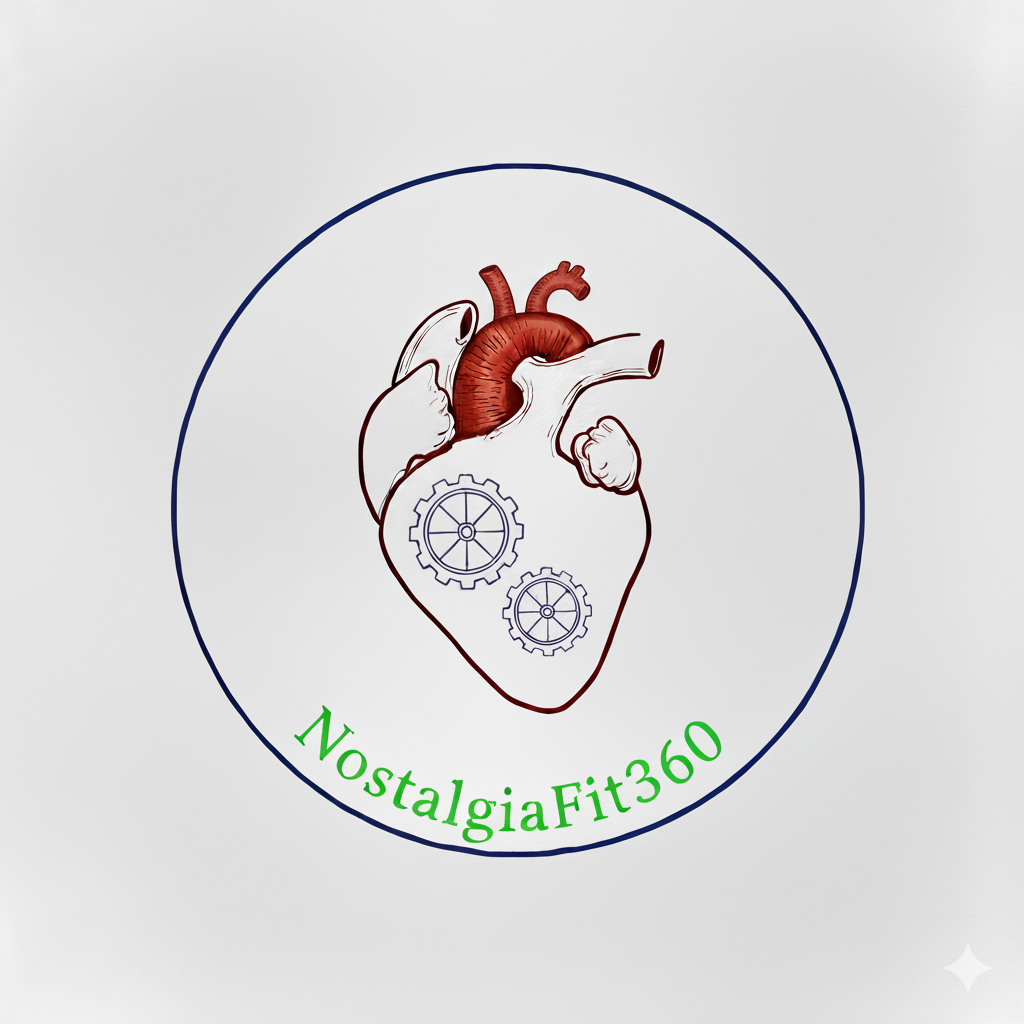
Le Cœur : Le Centre Oublié de la Mémoire Émotionnelle
Nous avons longtemps considéré le cœur comme une simple pompe biologique, tandis que le cerveau était perçu comme le seul siège de la pensée et de la conscience. Cependant, des recherches scientifiques récentes commencent à révéler une vérité étonnante : le cœur possède un système nerveux complexe et indépendant, connu sous le nom de Système Nerveux Cardiaque Intrinsèque (SNCI). Ce système, qui contient environ 40 000 neurones, n’est pas qu’un simple réseau de connexions ; il fonctionne comme un « petit cerveau » pour le cœur, recevant et traitant des informations, et interagissant avec le cerveau principal de manières que nous commençons à peine à comprendre. Plus important encore, ce système semble conserver des « empreintes » émotionnelles de nos expériences passées, faisant du cœur un centre de la mémoire émotionnelle, et non plus seulement un symbole.
La Nostalgie : Plus qu’un Sentiment, une Réponse Physiologique
La nostalgie n’est plus seulement une émotion romantique ; c’est un phénomène psychologique et physiologique mesurable. Les recherches en neuro-imagerie (IRMf) montrent que le rappel de souvenirs nostalgiques active de multiples régions du cerveau, notamment l’hippocampe (responsable de la mémoire), le cortex préfrontal médian (responsable du traitement émotionnel) et même des zones liées à la perception de soi. Au niveau physiologique, des études confirment que la nostalgie réduit le cortisol (l’hormone du stress) et augmente l’ocytocine (l’hormone de l’attachement), ce qui améliore l’humeur et réduit les sentiments de solitude jusqu’à 40 %, comme l’a démontré l’étude de Wildschut et al.
La Nostalgie comme Outil Thérapeutique : Une Base Scientifique Solide
La recherche clinique a prouvé l’efficacité de la nostalgie en tant qu’outil thérapeutique. La thérapie de réminiscence, par exemple, est efficace pour améliorer l’humeur et les fonctions cognitives chez les personnes âgées et celles atteintes de démence précoce. La thérapie narrative utilise également des souvenirs positifs pour reconstruire l’identité et améliorer la confiance en soi. Ces bénéfices ne sont pas seulement psychologiques ; ils ont des mécanismes biologiques clairs. La nostalgie augmente la sérotonine et la dopamine et régule l’activité de l’amygdale (le centre de la peur). Elle peut même améliorer la fonction du système immunitaire.
Applications Pratiques : Entraîner le Cœur et le Cerveau Ensemble
Le projet Nostalgia.fit vise à traduire ces preuves scientifiques en applications pratiques pour améliorer la condition physique intellectuelle et émotionnelle. En comprenant comment le SNCI interagit avec les souvenirs, nous pouvons développer des techniques thérapeutiques uniques :
Programmes de méditation personnalisés : Ceux-ci utilisent la surveillance du cœur (comme la mesure de la variabilité de la fréquence cardiaque – VFC) pour guider les individus vers un état de calme et de relaxation tout en se remémorant des souvenirs positifs.
Techniques de respiration liées aux souvenirs : Les individus sont entraînés à associer des schémas respiratoires spécifiques à des souvenirs heureux, aidant à évoquer rapidement des émotions positives.
Thérapie du trauma : La nostalgie positive peut être utilisée comme un outil pour reprogrammer les réponses émotionnelles du système nerveux, réduisant les symptômes du trouble de stress post-traumatique (TSPT), comme le montrent de récentes études en réalité virtuelle.
Une Vision pour l’Avenir
Notre vision est de faire de la nostalgie un outil quotidien pour la croissance personnelle, et non pas seulement une émotion passagère. C’est un domaine très prometteur qui soulève des questions importantes sur le public cible (est-ce seulement pour les personnes âgées, pour les personnes atteintes de dépression, ou pour les individus en bonne santé cherchant à améliorer leur résilience psychologique ?), et sur la manière d’intégrer les technologies de surveillance physiologique pour une expérience personnalisée et efficace. Nous croyons que le cœur et le cerveau travaillent en harmonie, et comprendre cette harmonie est la clé pour débloquer de nouveaux horizons en matière de bien-être intellectuel et émotionnel.
Résumé de l’article en français
L’article révèle que le cœur n’est pas qu’une simple pompe, mais qu’il possède son propre « petit cerveau », le Système Nerveux Cardiaque Intrinsèque (SNCI). Ce système neuronal, composé d’environ 40 000 neurones, joue un rôle dans la mémoire émotionnelle. L’article soutient que la nostalgie n’est pas seulement un sentiment, mais une réponse physiologique mesurable qui réduit le stress et améliore l’humeur. Il souligne que la compréhension de ce lien ouvre la voie à de nouvelles applications thérapeutiques qui utilisent des souvenirs positifs pour améliorer le bien-être mental et intellectuel, ce qui est l’objectif du projet Nostalgia.fit en combinant la sagesse ancienne avec la science moderne.
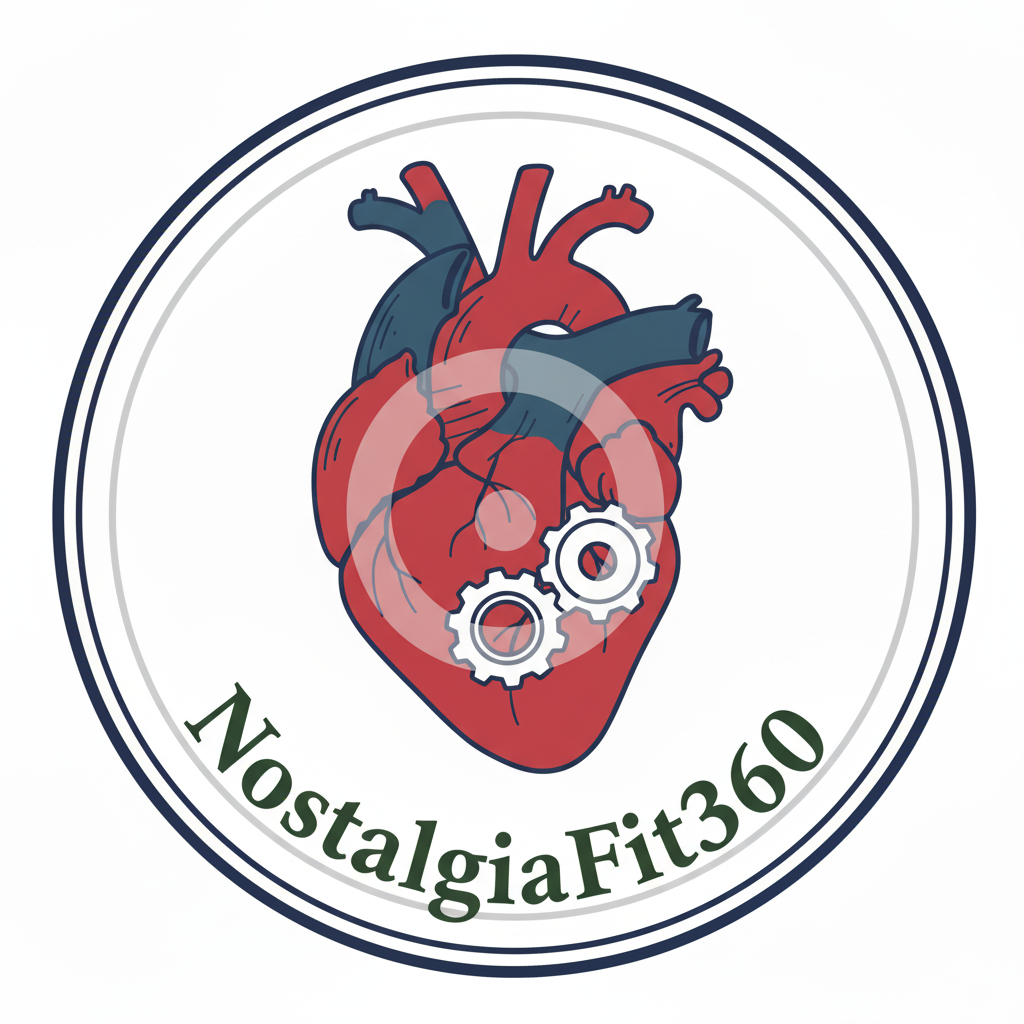
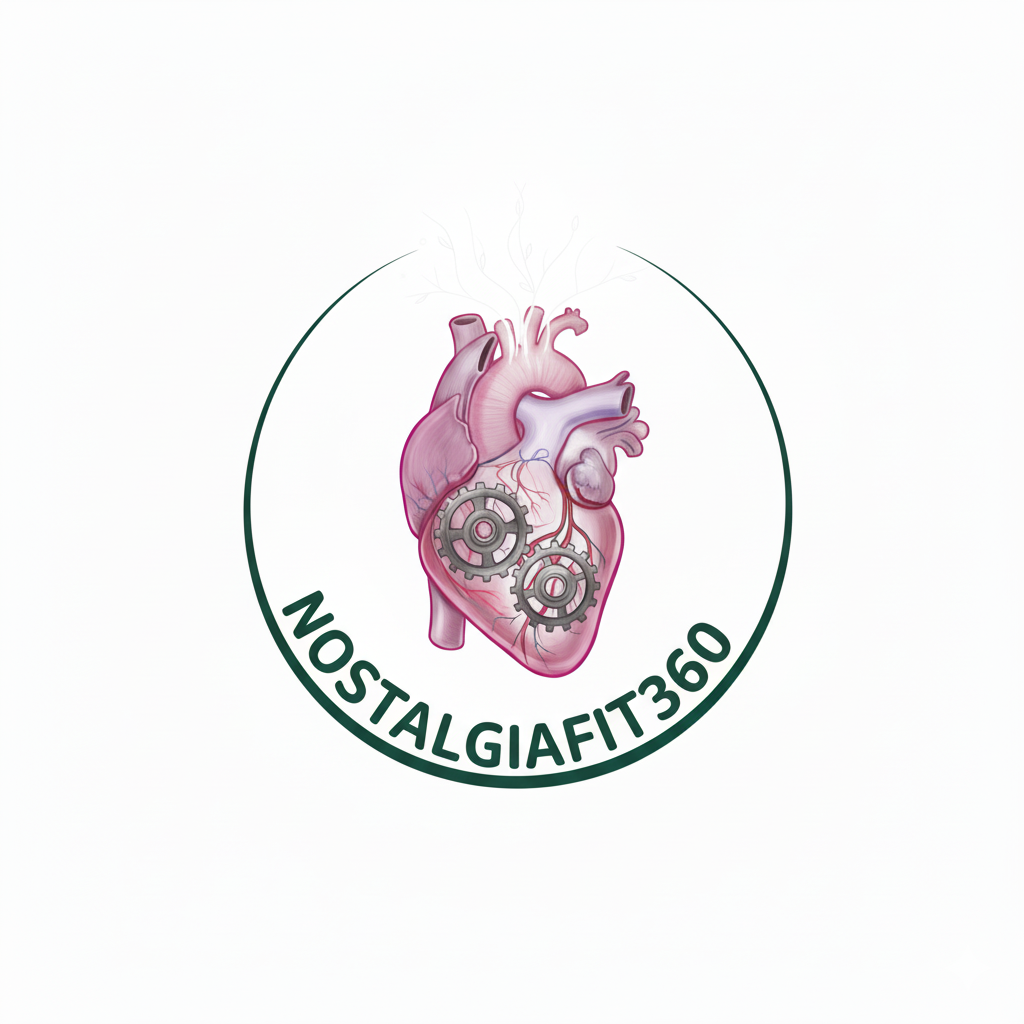
اترك تعليقاً